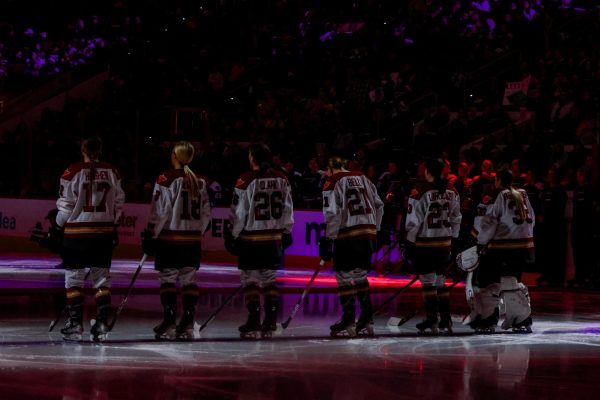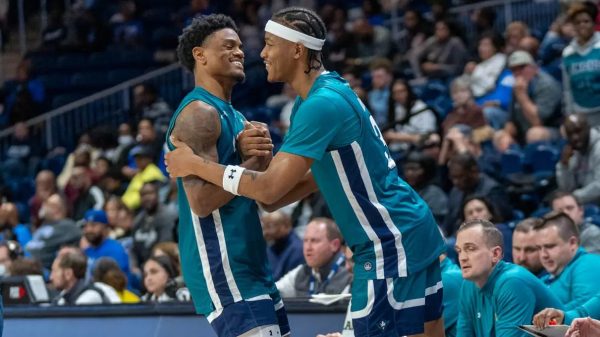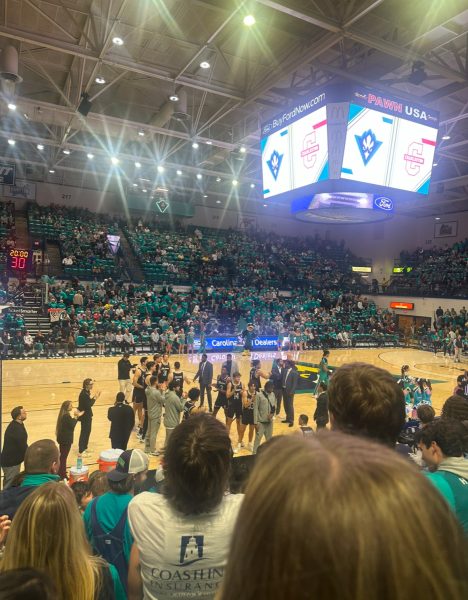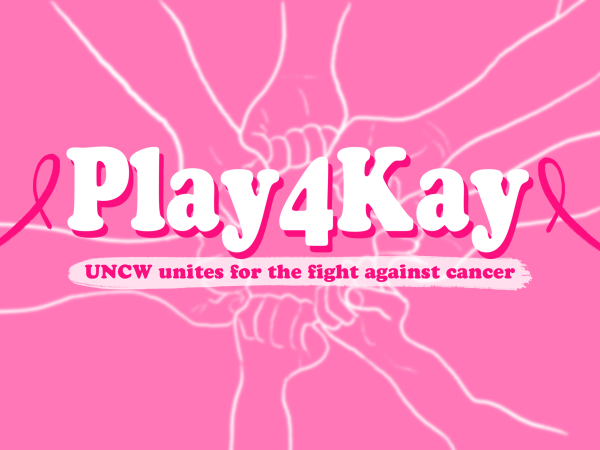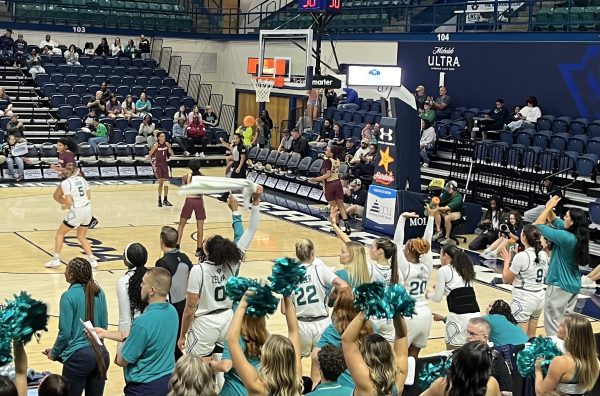Extreme Makeover: Brooks Field edition
Brooks Field has come a long way.
In 1962, the baseball stadium was built in the heart of Wilmington College, the community college ancestor of UNC Wilmington.
Ty Rowell, assistant to the chancellor of special projects, said the current site of the stadium was formerly an alligator-infested swamp. Bill Brooks, of whom the current stadium is named after, proposed the baseball field be constructed where Galloway Hall is currently located. However, contractors advised against this because that location’s elevation made for such a good potential site for a building and instead suggested the swampland.
So, local prison mates and campus athletes were used as volunteer labor to turn the unlikely area into a baseball field. Forty-nine years have passed and the field remains the home of Seahawk baseball.
While this deep tradition is embraced, UNCW athletic director Jimmy Bass knows the time for change is long overdue. The stadium and adjacent practice facilities remain largely outdated and the baseball program is not completely funded.
“Our goal is to go to Omaha and play in the College World Series,” Bass said. “We’ve got to upgrade Brooks Field so that it’s a competitive facility. That’s our direct path to go to Omaha—to be able to host people here during regional play.”
An investigation by The Seahawk into facility records revealed three special project requests to the stadium since 2007. A special project request is a “bureaucratic thing to initiate the process” of proposed construction, according to university architect James Ross.
“It would have to go through the person who is responsible for the budget,” Ross said. “In athletics, it would all come through the athletic director.”
The last completed request on record was a $6,973.84 project that installed a video system “in various locations in stadium including press box, dug outs, and fencing,” according to the report. It was finished June 17, 2010.
Prior to that, $1,864 worth of fence repairs were finished on April 20, 2010. But, not every capital request is granted. Ross said that projects that are not carried out are usually not sufficiently funded.
In 2007, the athletic department received a donation of a shed to be placed down the third baseline. A request was made for the building to have power and lighting, as well as a water hose connection. As is the case in all requests, a project manager is assigned to the case, who supplies an estimated total cost.
The shed construction was labeled as a $4,500 project and forwarded to the head of the athletic department. It never made any more progress. When asked about this project, Ross said, “I have no idea about that at all.
“We had a shed that was built illegally here where people went out and built something without going through the process and it didn’t meet the code,” Ross added. When asked if that illegal shed was constructed in 2007, he repeated, “I have no idea.”
From the Dugout
Perhaps no one’s wish list for Brooks Field is as pertinent as baseball coach Mark Scalf’s. UNCW’s current all-time winningest coach played second base for the Seahawks in the late 1970s, graduated from the university’s physical education department in 1980, returned to his alma mater as an assistant coach in 1984 and eventually accepted the head coaching position in 1991.
His facility concerns begin with the fan experience of attending games. “I think the biggest needs over at our facility pertain to the fans,” Scalf said.
The addition of more restrooms, a full service concession stand and increased parking are his primary desires for the supporters in the stands.
“As far as our players are concerned,” he said, “having a covered area or indoor area to workout in is probably one of our biggest issues.”
Mat Batts, a redshirt sophomore, said, “We are the only public program in the state without an indoor facility.” When inclement weather hits Wilmington, Seahawk pitchers—like Batts—head to Trask Coliseum with artificial mounds that the team purchased this year for these types of situations.
Hitters don’t have that luxury, though, and without a roof over the two batting cages behind the right field wall, bats are left unused in the clubhouse.
“The offense side of the game suffers a little bit because you don’t have a place to go,” Scalf said. Since team practice started Jan. 28, “we’ve been rained out of practice five times.” At the time of this comment, only two weeks had elapsed from that first day.
Scalf reiterated Batts’ claim, but clarified that the Seahawks are the only Division 1 program in North Carolina without an indoor facility. He then listed ten universities in the state that have either completely renovated their baseball stadiums or have rebuilt their facilities within the past six years.
In addition, Scalf named seven programs in South Carolina and another five in Virginia that have followed suit with major baseball facility facelifts. The Seahawks will play eight of those teams during road games this season.
“People are starting to realize that you’ve got to upgrade facilities to keep up on the recruiting side, because sadly to say, it’s tougher to sell your program without a little bit of a wow factor for those high school guys and junior college guys,” Scalf said, who also admitted UNCW’s outdated facilities have deterred some potential recruits from signing with the Seahawks.
Scholarship Woes
Not only are facilities a concern, but the baseball program is not fully funded. The maximum number of scholarships the NCAA allows is 11.7, yet UNCW only has 9.2.
With a copy of the baseball schedule in hand, Scalf noted William & Mary, Northeastern and potentially Towson as the only other CAA teams that are not entirely funded. In the non-conference portion of the Seahawks’ schedule, he estimated only three opponents out of 26 also do not have the complete number of scholarships.
“Everybody else on the schedule is dealing with a full load of scholarships,” Scalf said. “It makes a difference.”
With 2.5 more scholarships, he could recruit one to two more high school or junior college players—depending on whether or not the player is from North Carolina or out-of-state—who have the potential to be quality position players or elite pitchers.
“We’ve got to have 11.7 scholarships,” Bass said. “They need at least $50,000 worth of scholarship money.” While Bass continues to pursue financial support and increase the Seahawk Club’s membership, Scalf believes it’s only a matter of time before the baseball team is fully funded.
“I think we’ll get there. How quickly, I don’t know,” he said. “It’s all about dollars and cents and having money available.”


